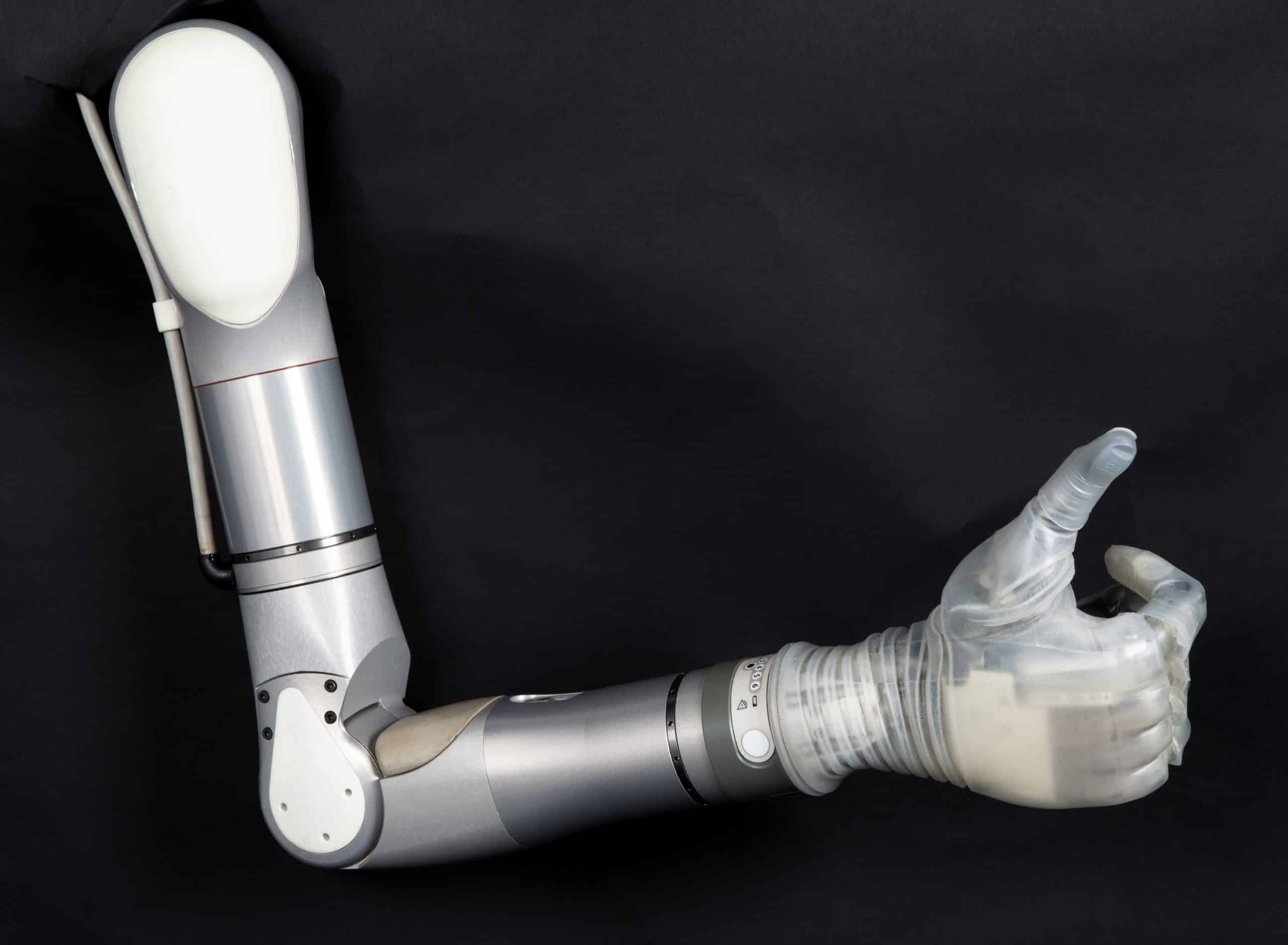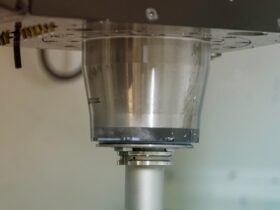Science fiction literature and cinema have more often than not, provided us a glimpse of the future technologies that will shape our world. For instance, in the realms of Sci-fi literature, Jules Verne’s classic novel Twenty Thousand Leagues Under The Sea introduced us to the advanced submarine Nautilus. Robert Goddard- the U.S. scientist who successfully built the world’s first liquid-fueled rocket, got inspired from HG Wells’ War of the Worlds, or if you consider a more modern development, Neal Stephenson’s Snow Crash, which described a ‘Metaverse’ where people interacted with each other through ‘avatars’, is basically the premise behind virtual worlds like Second Life and World of Warcraft.
Sci-fi movies have also depicted technologies that have gone on to become a reality. Many of them have been quite accurate in their predictions, for example, the Star Trek franchise in particular has been quite spot on with its depiction of videophone communications, 3-D printers (called replicators), and computer speech recognition. The most famous of all, as we all know from Star Trek III, is the handheld communicator, which inspired the modern mobile phone.

Another groundbreaking technology shown in the head-reeling awesomeness that was Star Wars, is the prosthetic arm used by Luke Skywalker, after he clumsily gets his hand chopped off by Darth Vader in The Empire Strikes Back. Luke, however, is fitted with a cybernetic hand that is just so incredible to look at that some crazy wacko fans might even consider getting their hand amputated just to get one of those bionic arms. Hah! An advanced robotic arm like that? Has one of those already been made?
The LUKE Will Be Available For Sale From Late 2016
Holy guacamole! What is this LUKE? Is it really what we think it is? Yes! Designed by Segway creator Dean Kamen and under development for nearly a decade (with funding provided by the U.S. Defense Advanced Research Projects Agency [DARPA]), the LUKE (Life Under Kinetic Evolution) bionic arm is one of the world’s most advanced prosthetics ever made.

Originally intended for wounded U.S. soldiers, the LUKE will instead be launched for commercial use from late 2016 (yes, that close). It ain’t coming cheap though. The arm, being built by Universal Instruments Corporation and marketed by Mobius Bionics, will have a staggering price tag of $100,000. Now do you wonder how Tony Stark and Bruce Wayne have all these cool gizmos to play with? They are filthy rich!
The LUKE Bionic Arm Features Force Sensors
You read that right. The control system is the key feature of the bionic arm, which picks up electrical signals from the user’s muscles through electrodes placed on the residual limb. Whenever there is an arm movement or the user tenses, the LUKE changes its position and grip. This technique is way more advanced than basic prosthetics, which are usually controlled with switches or buttons, or adjusted annually.

The advanced bionics also allow for greater degrees of flexibility and movement, and the shoulder, elbow and wrist are individually powered so that the user can even reach over his/her head and behind the back. There are four independent motors that enable the wearer to have a strong grip on any object. You can lift a bag of groceries and grip delicate items without breaking them. The force sensors in the fingers provide feedback on how hard the grip of the wearer is. LUKE can be configured for amputees with limb loss at the shoulder joint, mid-upper arm or mid-lower arm, though isn’t recommended for patients with amputations at the wrist or elbow.
According to Christy Foreman, director of the Office of Device Evaluation at the FDA’s Center for Devices and Radiological Health, LUKE might allow some wearers to perform more complicated tasks than they can with current prostheses in a way that more closely resembles the natural motion of the arm.
‘Up to this point, design in prosthetic arms has been limited to incremental changes. We developed the LUKE arm to change the game for amputees — creating an innovative, integrated system that offers greater functionality and independence to our wounded warriors and other amputees,’ says Kamen.














Amazing post indeed!
Really, motivated me!